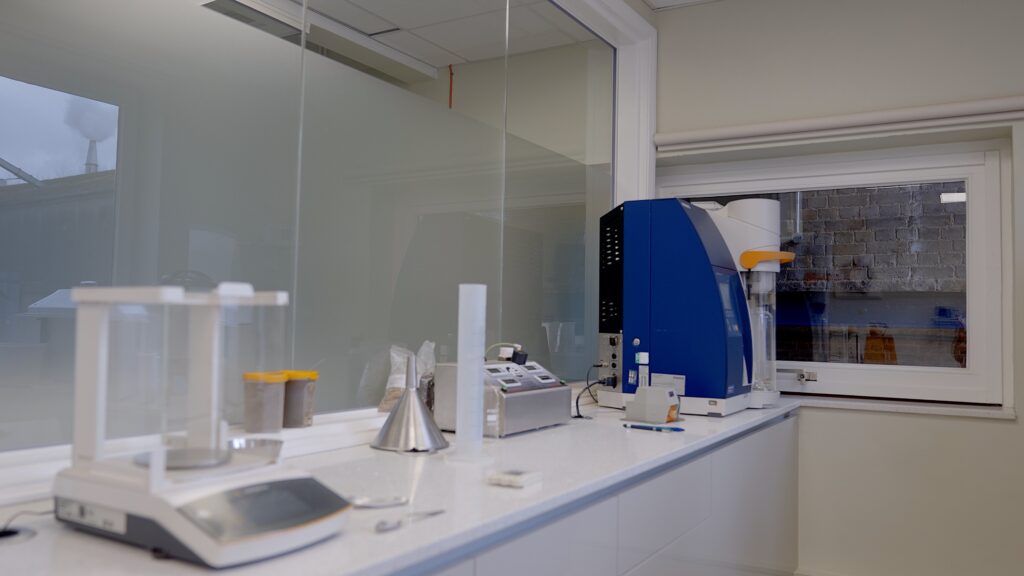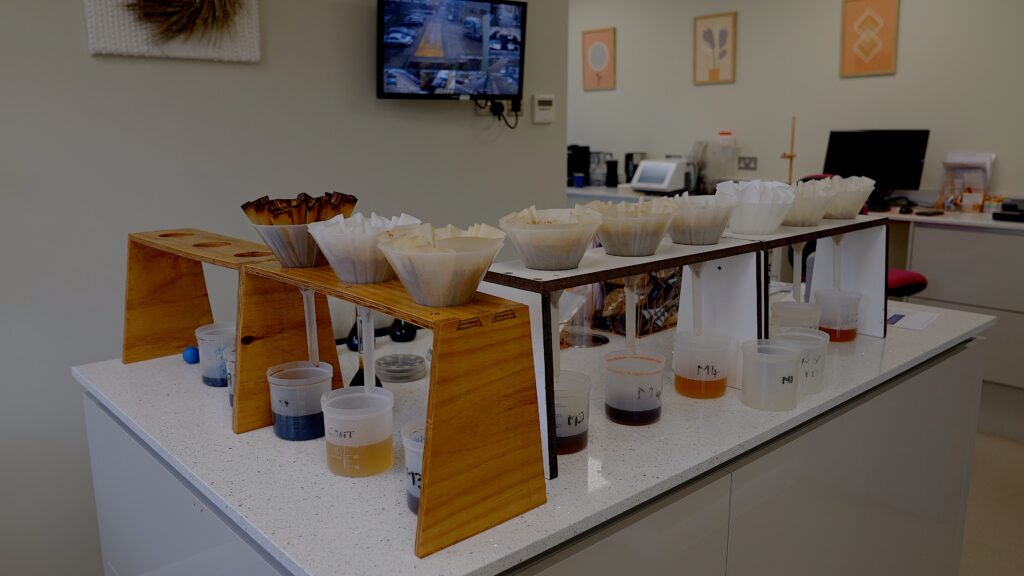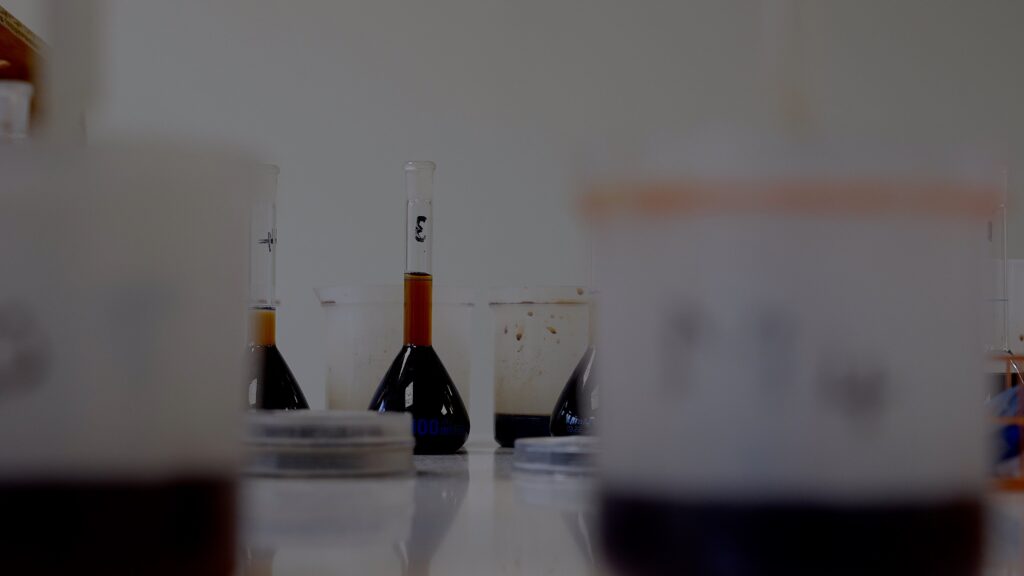French and Jupps: A Comprehensive Malt Analysis
Are you looking better to understand the malt analysis of French and Jupps? Look no further! In this blog post, we will look in-depth at the malt analysis of French and Jupps. We will explore the components and characteristics of their malt and provide a comprehensive overview of their malt analysis. With this knowledge, you can make informed decisions about your next malt purchase.

The different types of malt
Malt is an essential ingredient in beer brewing, and there are many different types of malt available. Crystal malts are made from germinated green malt that is carefully turned in a roasting drum. Low-colour crystal malts have sweet caramel, golden syrup, malty-biscuity notes, and an infusion of nuts and dried fruits. Dark Crystal malts have powerful black treacle notes, layers of rich caramelised sugar, roast coffee, a delicate bitterness, and prominent rich dried fruits and nuts. Patent malts range in colour from lightly roasted Amber and Brown to Black and Chocolate. Munich malt has a nutty, biscuity taste that adds dryness and copper colour. Speciality malts and roasted malts are available from Geterbrewed. Organic malt is available on request.
The process of creating malt Malt is created from winter barley, which is sown in early autumn. As the autumn progresses, the barley plant begins to tiller and ears emerge in May. The barley is then harvested in July and transported a short distance to the maltings. The grain goes through a steeping process at the maltings, which takes 2-3 days and involves aerating and draining the grain. Following this, the grain goes through a germination process, which takes 4-5 days and
involves humidified air blown through a drum. After this stage, the green malt is kiln-dried to stop germination and lock in desired flavours and aromas. The roasting process follows, where the malt is stewed, and its sugars are caramelised to create a range of colours and flavours, depending on the malt’s application. For example, roasted malt can create speciality malts such as crystal malt or patent malt.
How to read a malt certificate of analysis?
The results from a set of standardised tests on a COA indicate how the malt will perform in the brewery. Geterbrewed only supplies premium quality malts that deliver consistently impressive results.

The standard values on a COA are as follows…
Colours
The colours vary due to the method of analysis.
IOB, you either boil the patents for one hour, and Crystals mix with white malt and put in a water bath at 65c for two hours. The colour is then read on a Lovibond colour reader.
EBC, Colours show as being higher than IOB as they have been analysed differently, they have longer in the mashing bath and therefor show a higher colour reading, even though the malt is the same.
Extracts
Again the methods between IOB and EBC vary. When reading the IOB extracts a calculation is carried out based on the Density of the liquid, wet or as is and Dry extract when the calculation for moisture is taken into account.
EBC is not calculated in the same way so gives a different value for the same malt. This is calculated as a % of specific gravity, giving a much lower figure.
Extracts are by definition the extractable material that can be used for brewing.
Moisture
This is a percentage of the weight of the malt that is water. The moister is kept low for two reasons, stability of the malt the higher the moisture the less stable the malt can become and keep less time. The second reason is the brewers prefer the moister to be lower as an economic saving.
All typical specifications can be found on the French and Jupps website in our downloadable brochure. The malt values are standard and every brewer can then choose a speciality malt to meet their specific needs.
What the different values on a certificate of analysis mean?
IOB Malt Analysis
IOB analysis is the standard set by the Institute of Brewers. The analysis is marked on the Certificate as Colour, this is measured on a Lovibond machine using EBC disk readings. Extracts are measured on an as is basis and given as litre degrees and is the lower figure, the dry figure takes account the moisture and is always slightly higher. Moisture is a direct reading of the malt that has been dried in the oven for three hours
EBC Malt Analysis
European Brewing commission. The analysis here is different, the malt is placed into a water bath at 45C then after 45 mins the temperature is raised by one degree every minute until it reaches 70C and is held there for one hour.
The colour is measured by spectrophotometer at 430nm or visual method using EBC units, because of the time being longer the colour is higher than the IOB method. Extracts are a percentage of the specific gravity reading, and again the moisture figure is taken into account when determining wet and dry extracts.
ASBC Malt Analysis
This is the American School of Brewers. The colour is read on a spectrophotometer at 430 and 700nm. There has to be a conversion from millimetres to inches depending on the size of cell used when reading the colour. Extracts are measured in the same way taking into account the moisture as before.

Red Tractor
The Red Tractor is a farm assured scheme which provides assurance at every stage of the production process from farm to pack. At French and Jupps all of the barley we purchase is from Red Tractor approved farms. These are represented at delivery by an in date Red tractor sticker on every pass port of the grain.
AUKM
The Assured UK malt scheme is operated by the Maltsters association of Great Britain (MAGB). It brings together new and existing codes of practise, making standards unique in the world of malting. This means you can buy malt with total confidence knowing the standards have been achieved. The scheme audits its members on a regular basis to make sure all criteria are being met.
Sensory Malt Analysis
We use two methods of sensory analysis, the first is a spirit method where 10% wt/vol of product is put into 20% alcohol. Then it can be filtered. This preserves as well as enhances the flavour of the malt.
The second method is a tea like infusion, the malt is added 50g to 400ml of water at 65c. This is then shaken after 15 mins and then filtered 5 mins later before tasting.
Want to buy your malt with express service & excellent pricing….